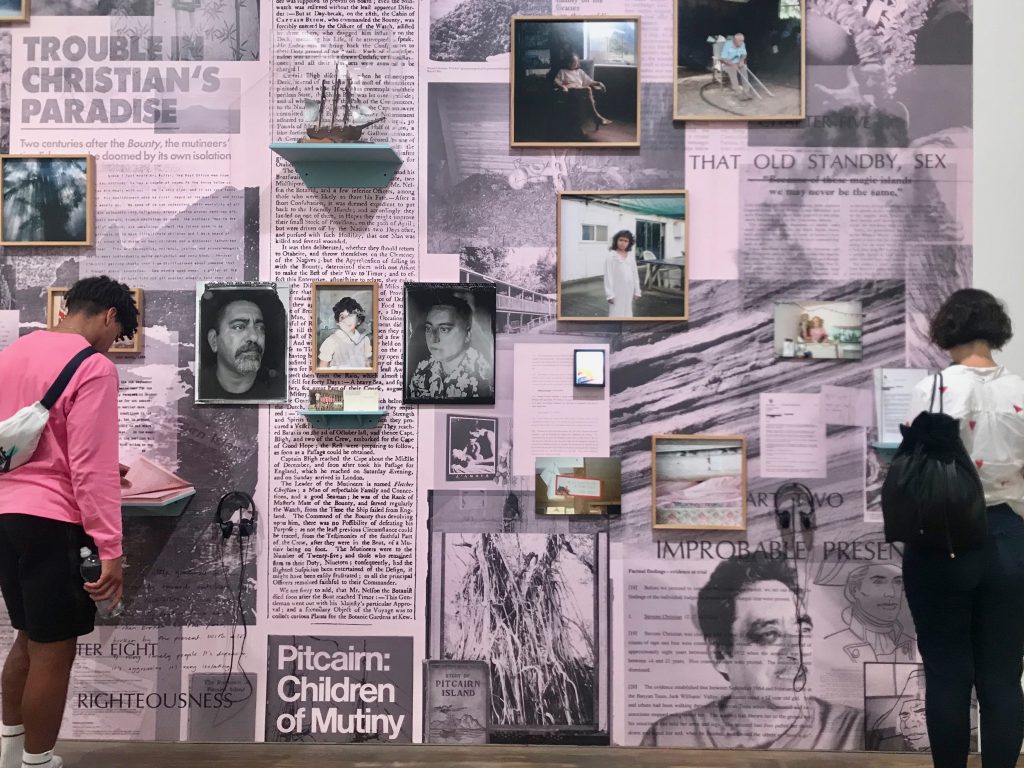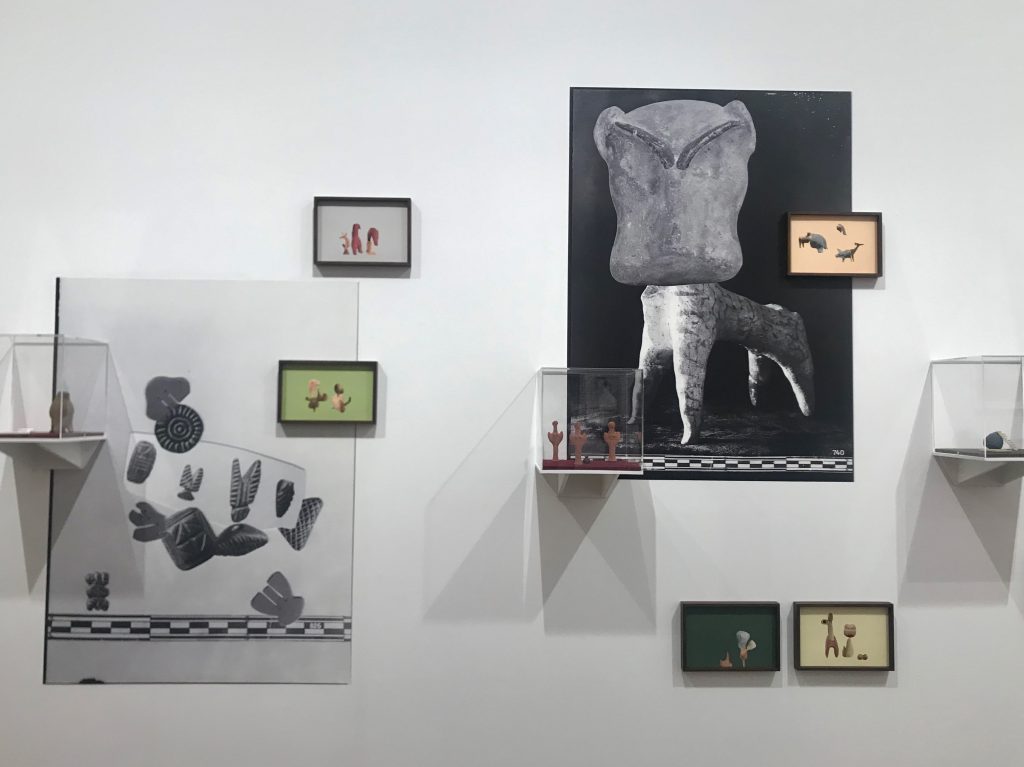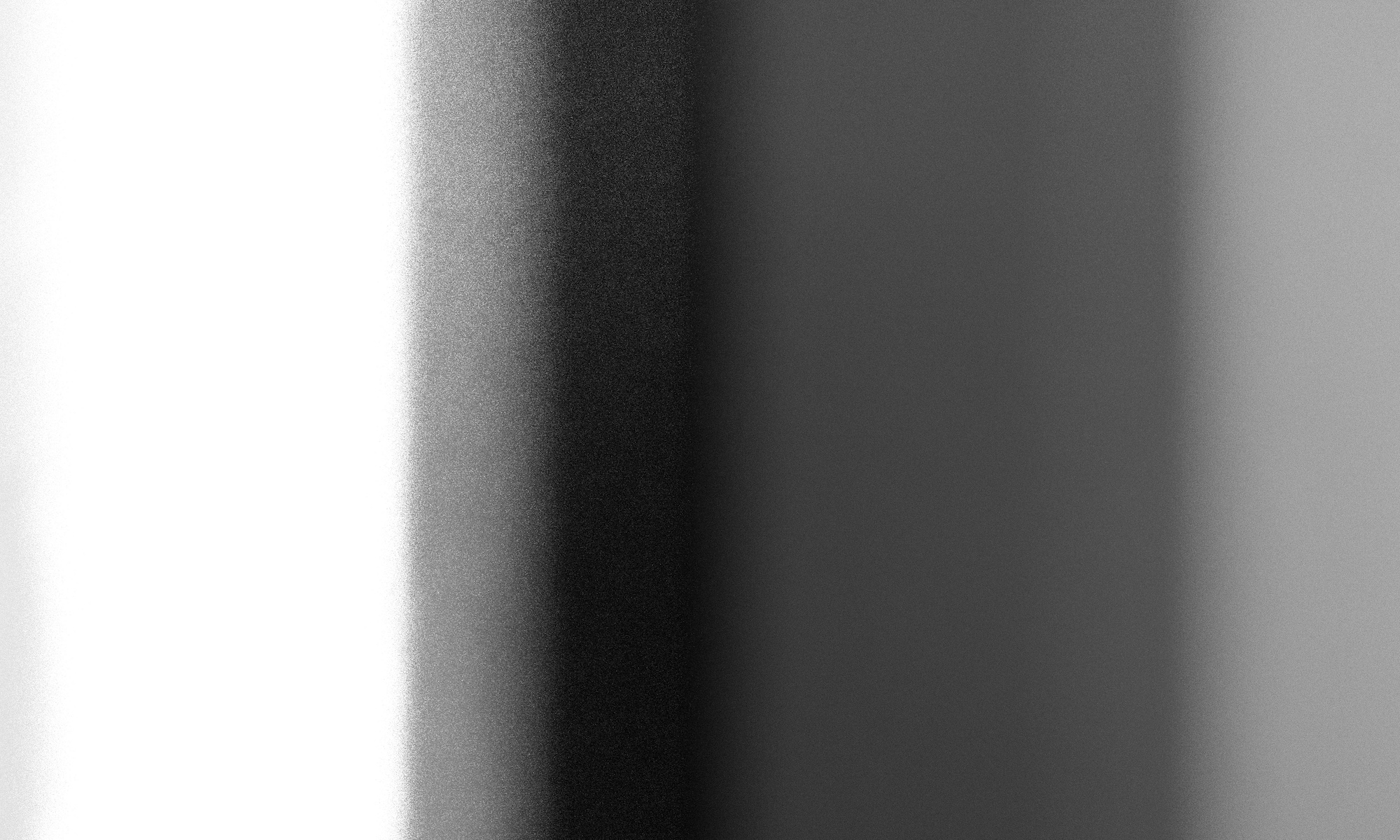My project is fundamentally place-based and participatory, so it makes sense that the presentation of the outcomes relates closely to the context in which the work is produced, is accessible to local people and encourages active engagement with the work and the issues being explored. The final project is composed of a number of smaller projects exploring change in particular places with different age groups. Each of these small projects will culminate with a pop-up exhibition in, or close to, the place that we have been working (for instance, in the school or community centre where the workshops were held). As well as these ‘local’ exhibitions, material from all the projects will be brought together in a final ‘joint’ exhibition. I have a number of places in mind for this exhibition, which will be accessible to the participants in the projects (including the local theatre, local FE college, a hotel threatened with demolition, a community centre, and a disused power station) – the form taken by that exhibition, as with the pop-up exhibitions, will depend on the characteristics of the space.
From the early stages of the project, I have been committed to a ‘multi-modal’ form of exhibition, which includes artefacts, texts and sound, as well as photographs (which can also be treated as artefacts). In the previous module I explored the use of animations and in this module I am experimenting with projection. The tpg new talent 19 exhibition at The Photographers Gallery illustrates a number of the ways in which contemporary photographers are exploring different modes and materials, and ways of juxtaposing elements of their work. These works do not meet the criteria that Bishop (2005) provides for ‘installation art’ (in the most part, they are not immersive, theatrical or experiential), but nor are they clearly ‘installation of art’ (as the individual pieces do not assume a greater significance than the whole). My sense is that new, and more complex, meaning potential is produced through the juxtaposition of images and other elements, and through the exploration of different surfaces.

Seungwon Jung, for instance, prints photographs on fabric and then shapes and pick away strands from this, producing three dimensional works. As with my own work, she is interested in the exploration of notions of space and time (and memory and oblivion), and does this through the overlaying of images (on fabric) in ways in which layers interact with, but do not destroy, each other.

Rhiannon Adam‘s exploration of life on the Pitcairn Islands uses a range of forms of photography (including the use of expired Polaroid stock) and presents images alongside texts (including notes, documents and letters) in a single plane. Alberto Feijóo combines photography with collage, book design and model making, bringing objects that have been used in the production of the images into the gallery, and giving the process of making equal, or greater, status to the images produced in a three dimensional exhibition. Giovanna Petrocchi draws on images from online museum collections and combines these with personal photographs and 3D printed artefacts, moving between an imaginary past (as represented in museum artefacts) and an imagined future (in the creation of future artefacts), and using traditional and digital production processes. The other artists similarly combine modes in a variety of ways.


Key considerations for my project are how visible to make the process for production of the work, and what balance to be achieved between different elements of the work (for instance, contextual material about the area, work produced by participants, collaborative work and my own work). A 3D component is also worth consideration, not just in the use of artefacts and the arrangement of work, but also, perhaps, in some form of model making (using, for instance, folded card, drawing on Paul Jacksons’ (2014) cut and fold techniques), subverting the use of models by developers.
References
Bishop, C. (2005). Installation Art: a critical history. London: Tate.
Jackson, P. (2014). Cut and Fold Techniques for Pop-Up Designs. London: Laurence King Publishing.
Video interviews
Rhiannon Adam, https://youtu.be/6ROQnSIJZ_0 [accessed 12.07.19]
Alberto Feijóo, https://youtu.be/bLiQrBsseBA [accessed 12.07.19]
Seungwon Jung, https://youtu.be/S4hIL2hsvsc [accessed 12.07.19]
Giovanna Petrocchi, https://youtu.be/qP8wGQHl74M [accessed 12.07.19]
